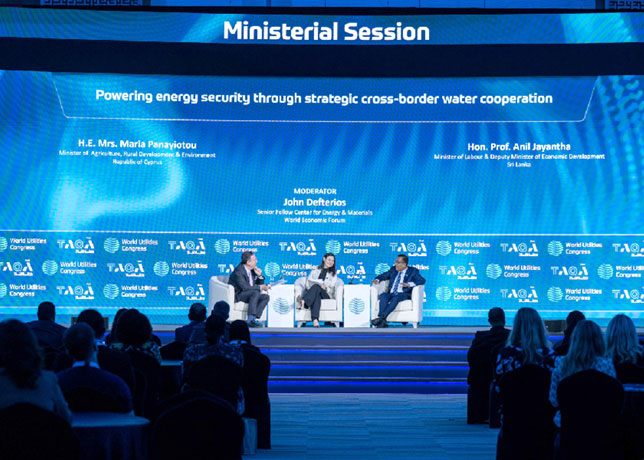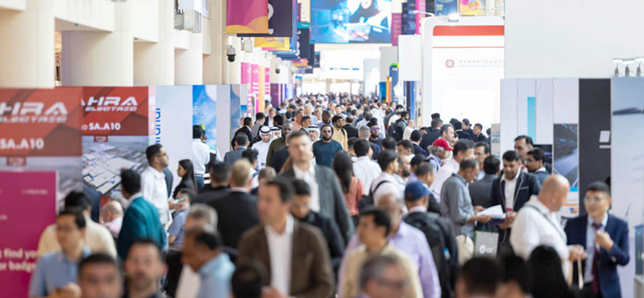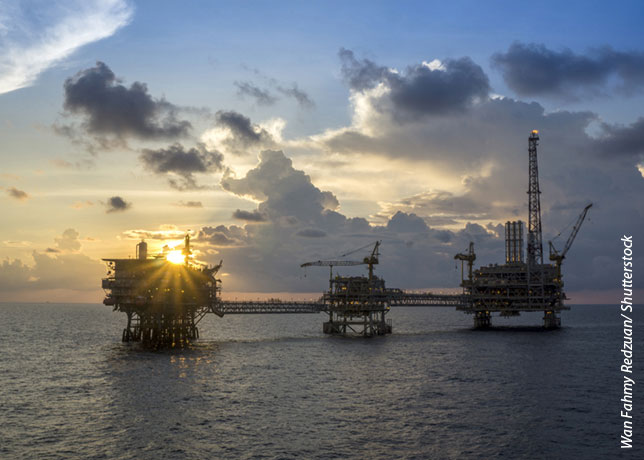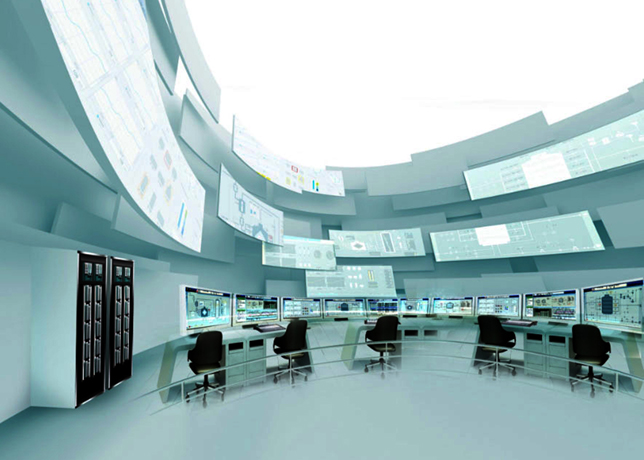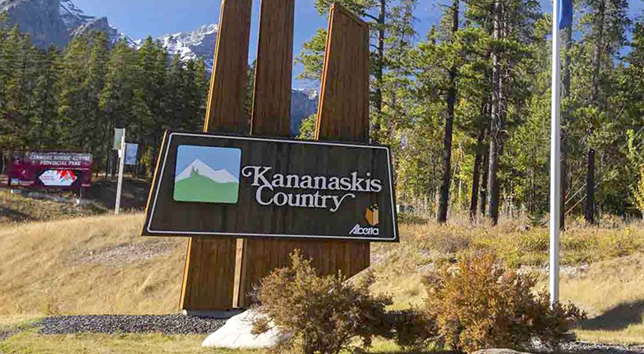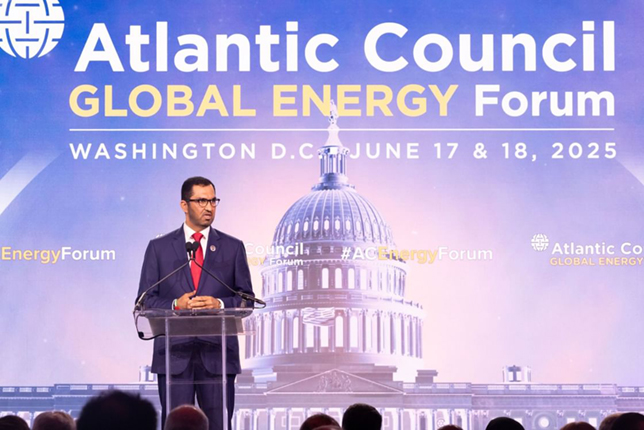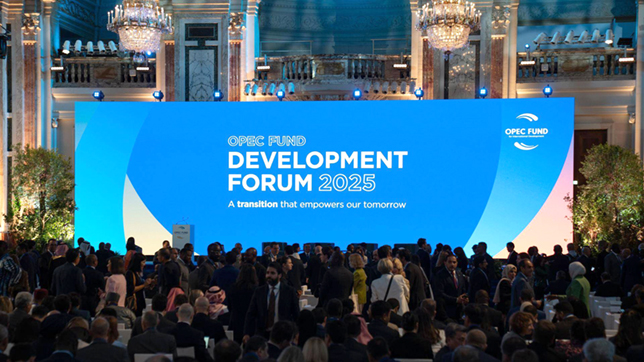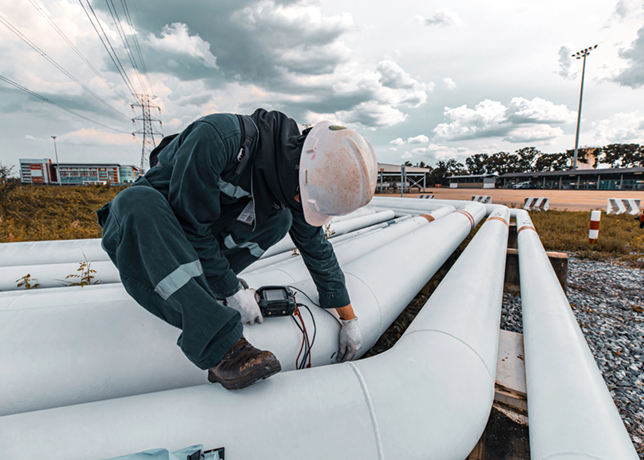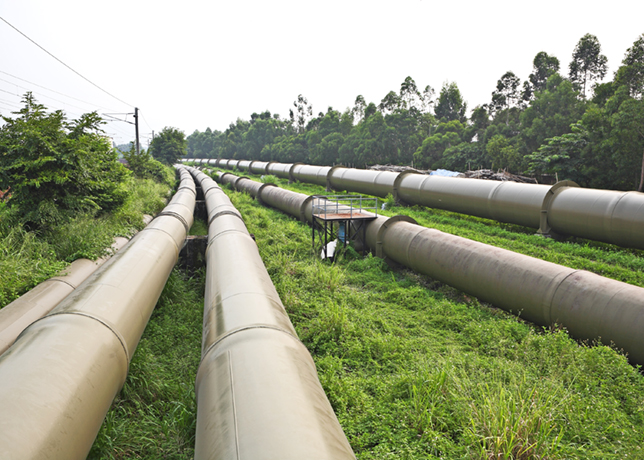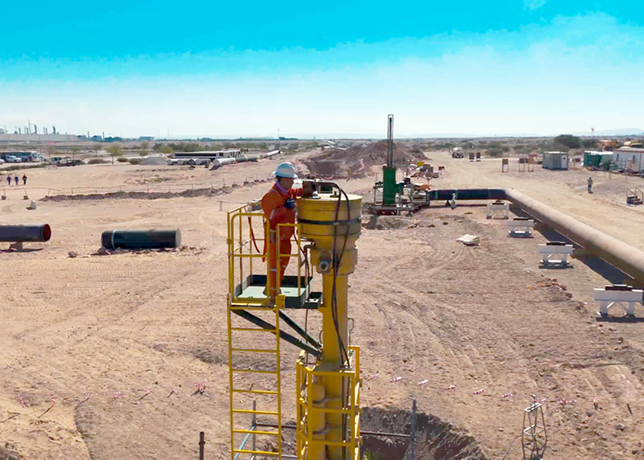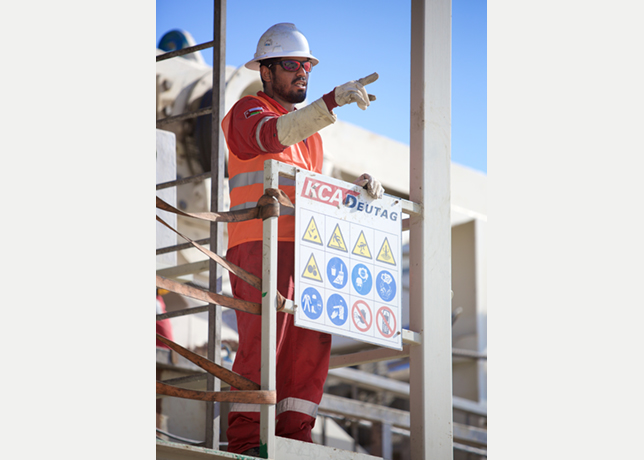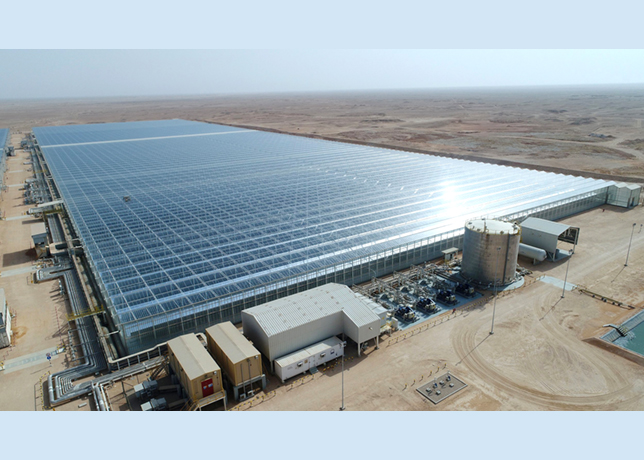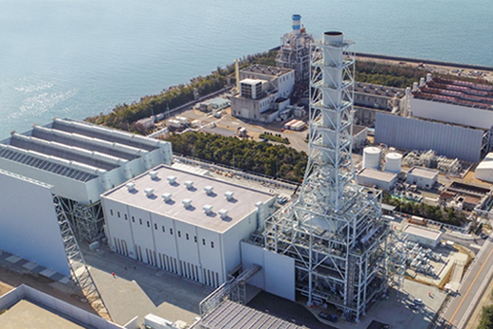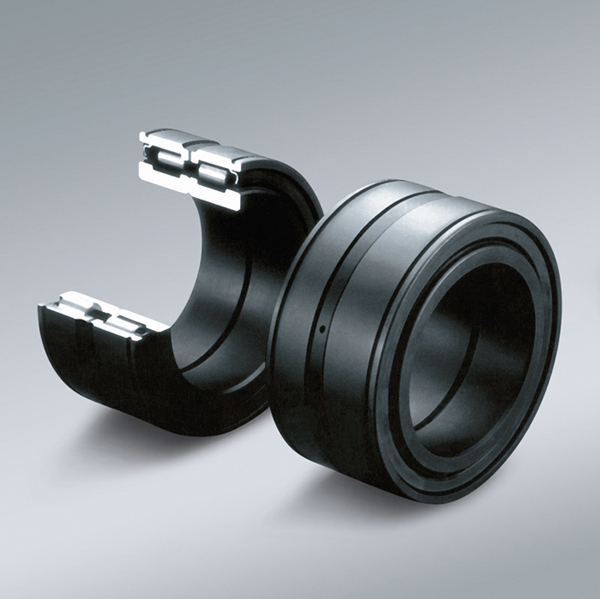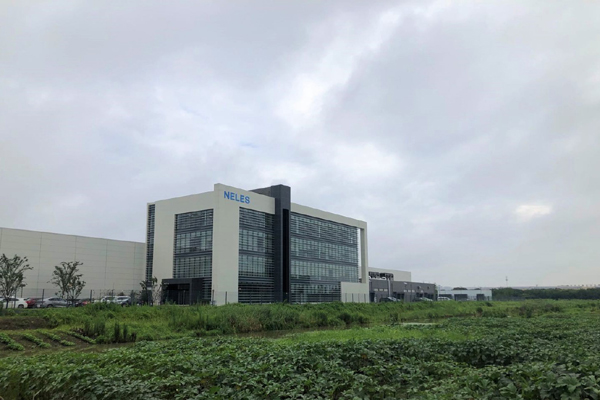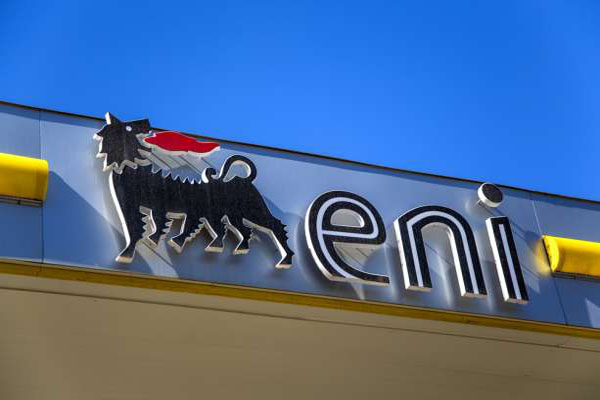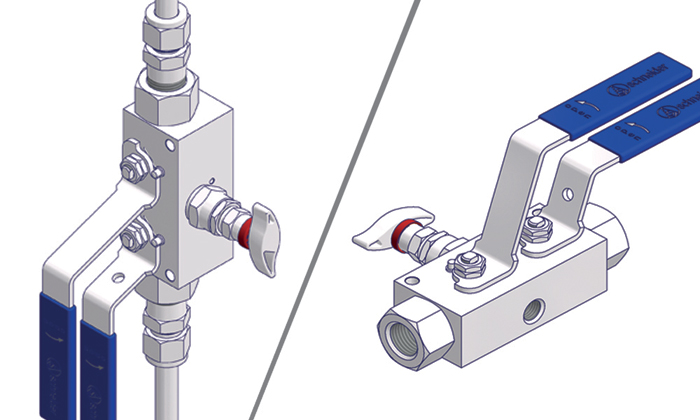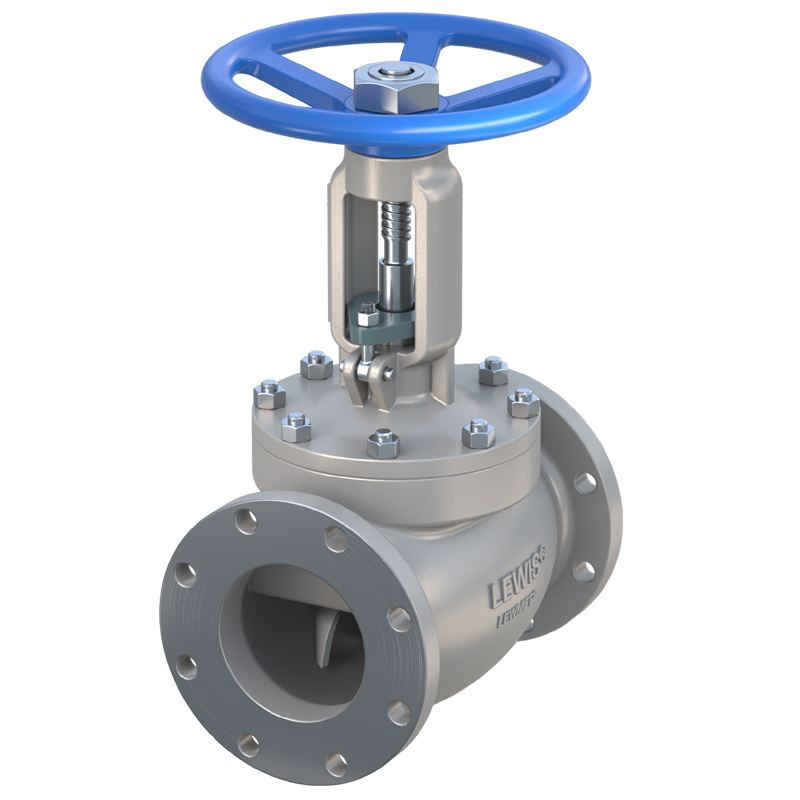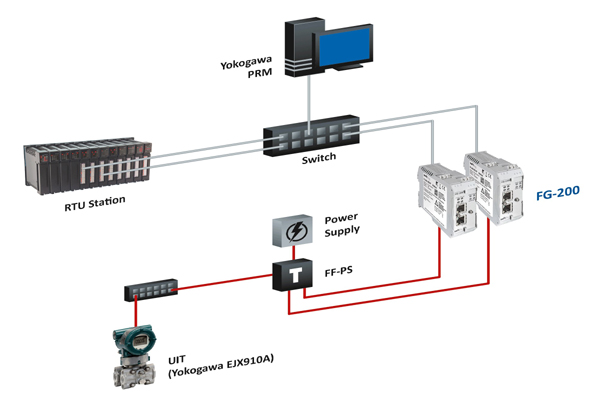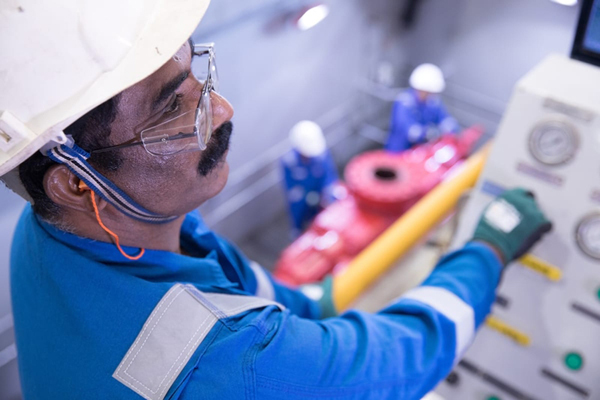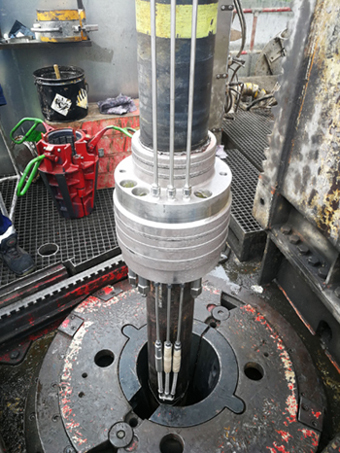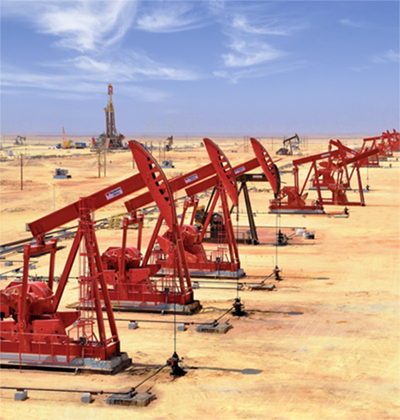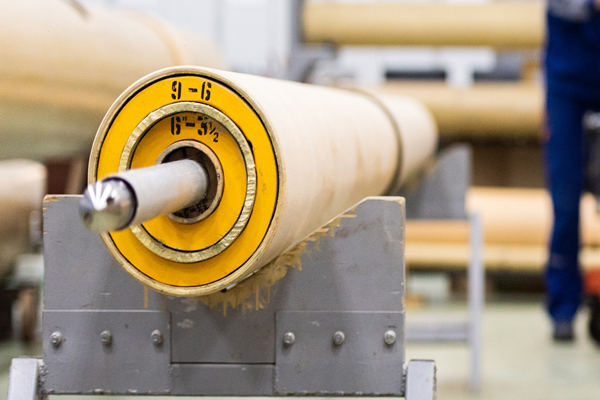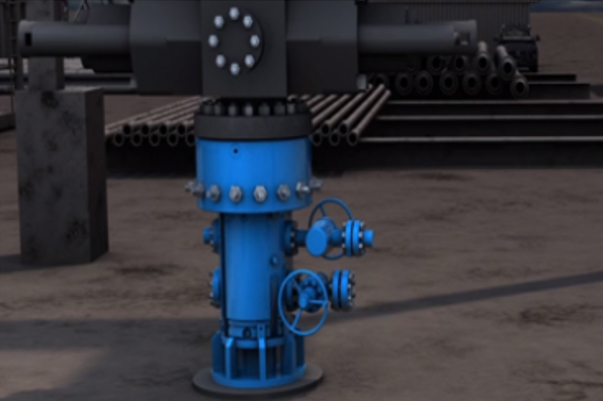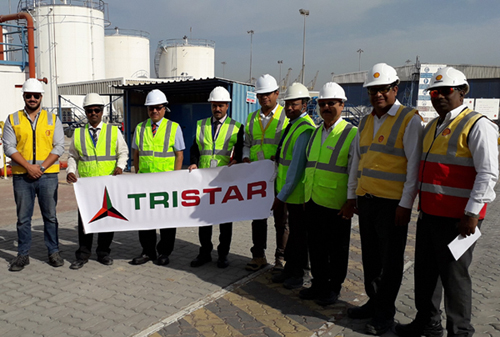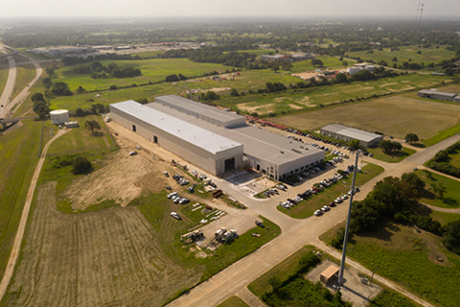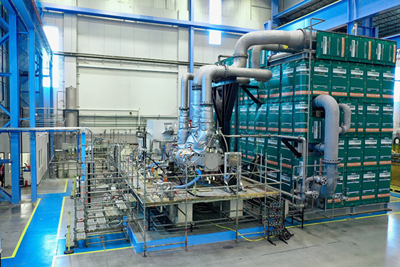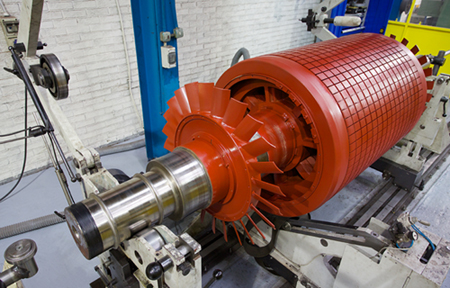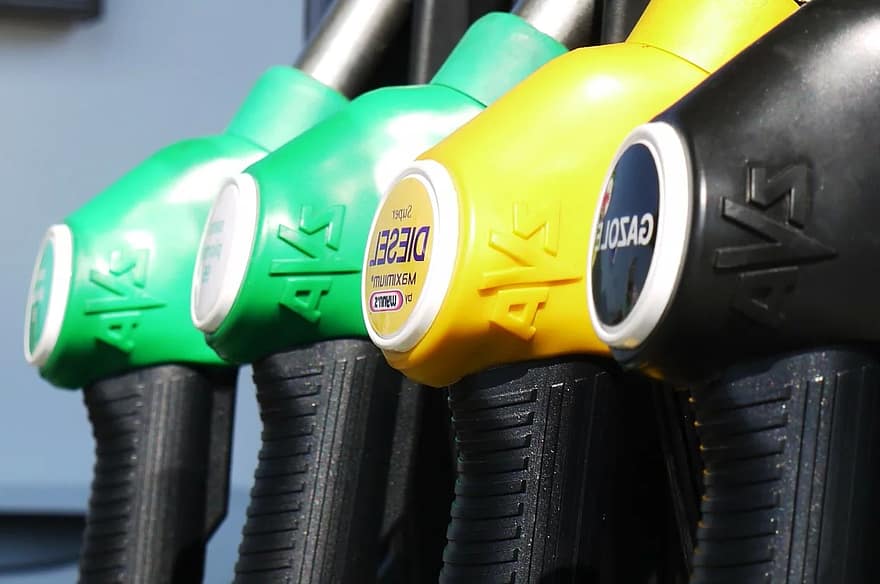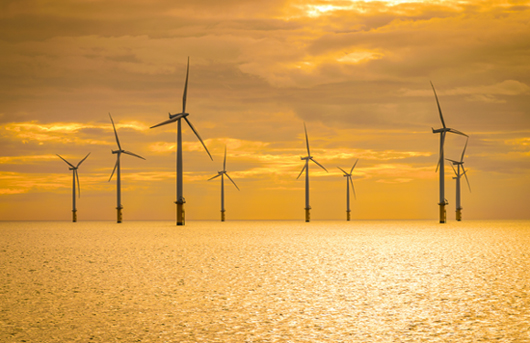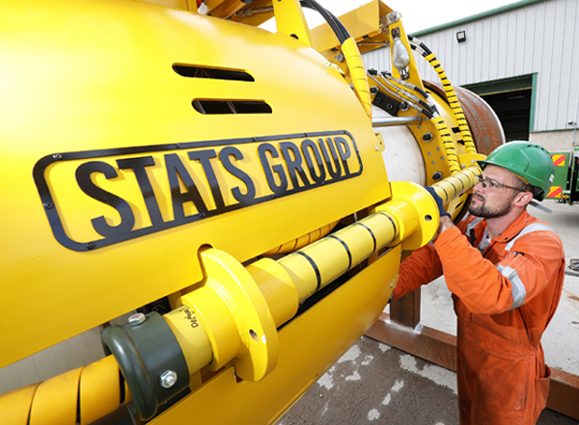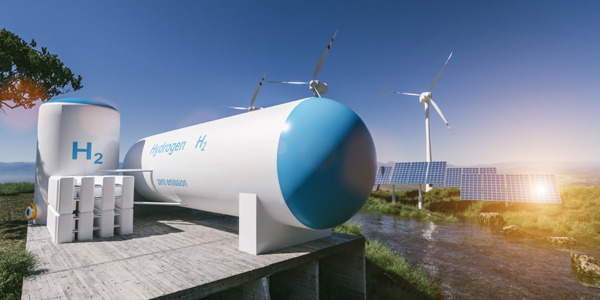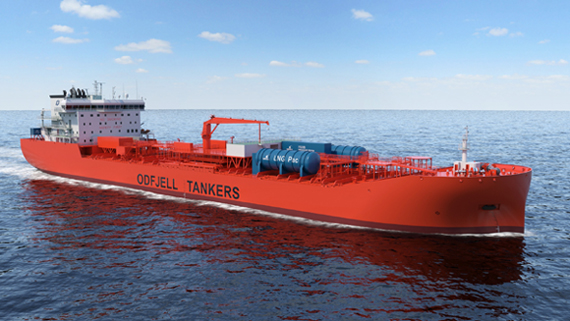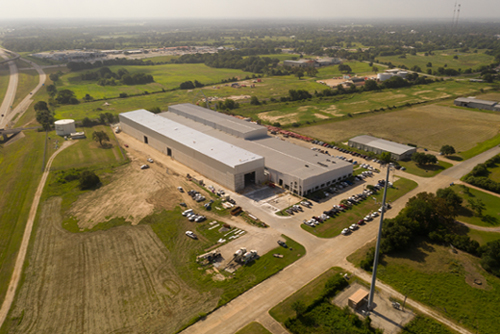
 The LSDP plant under construction
The LSDP plant under construction
The Low Sulphur Diesel Production Project is one of the most complex projects undertaken by Bapco for many years and will allow the Company to produce 100,000 bpd of ultra low sulphur diesel.
The investment of $685 million reflects the project’s vital importance in securing the continued profitable operation of the Refinery, and the future competitiveness of Bapco as a major international export refiner.
Forming the main element of Bapco’s $1 billion Strategic Investment Programme, the primary objective of the LSDP Project is to reduce the current high-sulphur content of Bapco’s diesel pool from an average of 0.65 per cent (6500 parts per million) down to as low as 0.001 per cent (10 ppm) to secure a highly competitive position in the international diesel market.
The project will also increase the yield of higher value refinery products resulting in an additional annual revenue of around $200 million, providing a return on investment of around 22 per cent. It will also provide the foundation for more profitable projects in the future.
Selection of Technology
In developing the strategy for the design of the Low Sulphur Diesel Oil Complex, which comprises four main units, the Company evaluated the latest available technology and selected the following process technology licensors:
• Hydrocracker: Chevron Lummus Global
• Hydrogen Plant: KTI (Technip USA)
• Sulphur Plant: TPA Howe-Baker
• 2HDU Revamp: Chevron Lummus Global
Selection of Contractors
JGC of Japan were selected as the EPCM contractor early in 2004, and detailed engineering was carried out in Yokohama, Japan, assisted by a team from Bapco’s technical divisions.
Arabian Gulf contractor CCC was awarded the construction package for the green field site early in 2005.
Throughout the construction and engineering phase, which is expected to last about three and a half years, JGC has managed CCC activities on behalf of Bapco. At its peak, over 3,000 people were working on the site.
One of largest hydrocrackers in world
Centrepiece of the LSDP Project is the 60,000 barrels per day hydrocracker, one of the largest single-train hydrocrackers in the world today. And at the heart of the unit are two large reactors.
The first stage reactor weighs a massive 780 metric tons, has an internal diameter of 14 feet and a height of 84 feet, with a catalyst volume of more than 1100 cubic metres. The second stage reactor weighs 445 metric tons, has a diameter of 10.5 feet and a height of 67 feet, with a catalyst volume of about 500 cubic metres.
Transporting and lifting the reactors was a major event. The first stage reactor was one of the largest and heaviest pieces of equipment to be transported and lifted in the Kingdom, so much so that roads had to be strengthened and diversions built.
Transported by sea barge from Mina Salman to Muharraq Jetty (near Askar), the journey took six hours to the Refinery travelling at less than one mph.
Then, once on site, two huge cranes were required to lift the reactor into an upright position. It took four weeks to build the main crane on-site for what was the largest lift for a crane in the Arabian Gulf.
The LSDP Hydrocracker Complex is scheduled for start-up on March 20, 2007. As part of Bapco’s pre-start up quality assurance management, a team from Chevron completed a Due Diligence Review of the LSDP Project, referred to as “Operational Readiness Review”.
The Chevron team expressed full satisfaction with Bapco’s plans, plant design and integrity, engineering, operating and maintenance staff capabilities and readiness to commission the new plants on the set target dates.
70,000 bpd diesel hydrotreater
The start-up of the Hydrocracker will be followed by the revamp of No 2 HDU later in the year.
This involves converting this Mild Hydrocracker Unit into an Ultra Low Sulphur Diesel Hydrotreater with a capacity to process 70,000 bpd to the most stringest specifications.
Bapco’s approach has been to develop a solution which is cost effective, maximises use of existing assets, involves minimum initial and cumulative investment, yet meets fuel specifications within the foreseeable future.
Chevron Lummus Global has provided the technology and carried out the basic engineering design work for the new unit will be one of the largest single train diesel hydrotreaters in the world.
Main benefits of the LSDP
These may be categorised as:
• Increased volume of Refinery diesel production;
• Excellent product qualities meeting all foreseen specifications;
• Improved quality of feedstock to the FCCU;
• Lower FCCU feed availability allows for increased resid processing; and
• Reduction in Refinery Fuel Oil yield by four to six vol per cent.
Lube Base Oil Facility
A further benefit is the potential to integrate Hydrocracker feedstock with a planned Lube Base Oil Facility costing $175 million.
Bapco is currently involved in carrying out the engineering work related to a Lube Base Oil Facility.
The two-stage hydrocracker process produces a very good waxy feedstock which is ideal to make high quality lube products.
CLG of Japan have carried out the process design and provided the main technology for the Lube Base Oil Facility: the technology, involving a process called isodewaxing, is very advanced and there are limited players in this field.
Bapco is finalising Joint Venture agreements with Neste Jacobs of Finland, to form a company to operate the new facility which would be built adjacent to the refinery
Neste Jacobs are a major supplier in the high-end lube base oils (Group III) markets and they believe there is a strategic fit with Bapco.
Bapco would be responsible for the operation of the facility and Neste Jacobs for the marketing of the product. Bapco would be the major shareholder.
Sulphur Handling Project
A second linked project is a new $37 million sulphur handling plant to replace the existing one and produce improved, high value product in the form of pastilles.
The new plant will not only handle the continued sulphur output from the Low Sulphur Fuel Oil (LSFO), but also cater for the increased output of sulphur from the LSDP and the Refinery Gas Desulphurisation Project (RGDP). This latter is a major environmental improvement project.
Refinery Gas Desulphurisation
Project (RGDP)
This environmental project, set for completion in early 2008, at an estimated cost of $140 million, will significantly reduce air emissions and improve effluent water quality at the Bapco Refinery in order to meet the latest environmental regulations.
The facilities will include a new sulphur recovery unit, new liquid sulphur degassing, a new Tail Gas treating unit, sour water stripping and amine treating facilities.
The RGDP EPC contract was kicked off in Foster Wheeler Italiana’s (FWI) Milan office in September 2005. Overall project progress achieved in 2005 was 3.4 per cent.
During 2006 the project progressed through most detailed engineering activities, completed all major project procurement milestones and initiated site construction.
At the end of 2006 project progress was 37 per cent. The Bapco engineering team resident in FWI Milan office returned to Bahrain in December 2006.
Major engineering highlights in 2006 include the completion of the 30 per cent and 60 per cent model reviews of the Greenfield Sites in March and July respectively, and completion of Brownfield engineering in September.
On procurement activities, all major equipment and the 1st and 2nd MTO’s for piping were placed in 2006.
Construction site temporary facilities and site preparation works were completed in 2006 and significant progress made on underground and civil works. At the construction site no Lost Time Accidents were recorded.
Sulphur Handling Facilities
ER was approved by the Bapco board on December 3, 2005 for 37.5 million dollars. A Letter of Intent for EPC was issued to Sandvik after all items open for clarifications at the bid summary stage were closed during the pre-award meetings in December 2005.
Project kick off meeting was held in January 2006 in Sandvik offices in Stuttgart. Degassing and Incineration facilities for 3SRU were awarded to FWI as single source on May 14, 2006 after approval by Tender Board.
Ninety per cent engineering design review was completed in August 2006 at the Sandvik offices in Germany.
All members of the consortium participated in this review.
All drawings and documents presented were finalised during this review. Remaining design reviews are being conducted in Bahrain.
A feedback session on lessons learned from SHF Project was held with PC&I to improve the specification of Bapco INtools requirements for future projects. The feedback was well received by PC&I.
A draft INtools project specification EDG-J8 has been prepared subsequently by PC&I and the document is now ready for use in the development of future projects.
Project activities on site in Bahrain
Site preparation was completed in May 2006.
EPC contractor awarded the Greenfield facilities package for roads, boundary wall, major foundations and buildings to Projects SA in May 2006.
Offsite piping works are completed, and all instrument and electrical cable routing up to the battery limit of the plant is set for completion.
The laying of LAN and telephone work up to the road near the new SHF has been completed.
Civil work is nearly 75 per cent complete.
EPC contractor has awarded the mechanical contract for sulphur forming facilities to MCSC.
Base slab for the sulphur forming shelter and conveyor foundations have been completed.
Steel work erection for the shelter has started.
Sulphur solidification equipment is under erection now. Sulphur conditioning package was placed in position.
Mechanical works for the erection of Materials Handling equipment has been awarded to Ahmed Mansoor Al Ali. Site meetings were conducted to review and approve the organisation structure and project implementation plan of MCSC and Comsip construction teams.
Four sulphur forming trains have arrived in Bahrain and are now being erected. Collection conveyor has also been assembled.
Degassing & Incineration
facilities at 3SRU:
FWI are progressing on the EPC work for the Degassing and Incineration facilities but are behind their projected schedule.
SHF will require temporary generator for six to eight months for the plant operation and pre start up activities and checks. These facilities shall be ready by Q1, 2008.
Sulphur Export Supply Chain
A public tender was issued on December 19, 2006 to obtain bids for the operation and maintenance of existing palletising facilities for period beyond January 2007.
Site meetings are being scheduled for the bidders. Also the operator of existing facility has assured that they are willing to extend the current contract to June 2007. This includes processing of sulphur from LSDPP.










